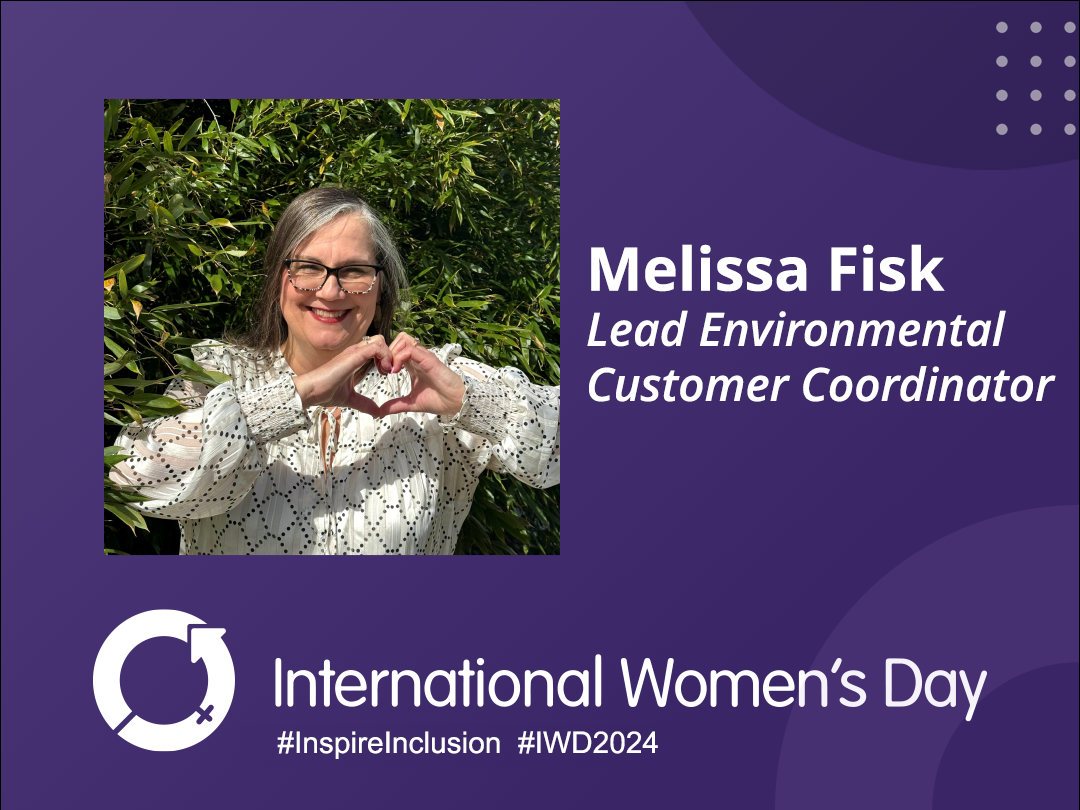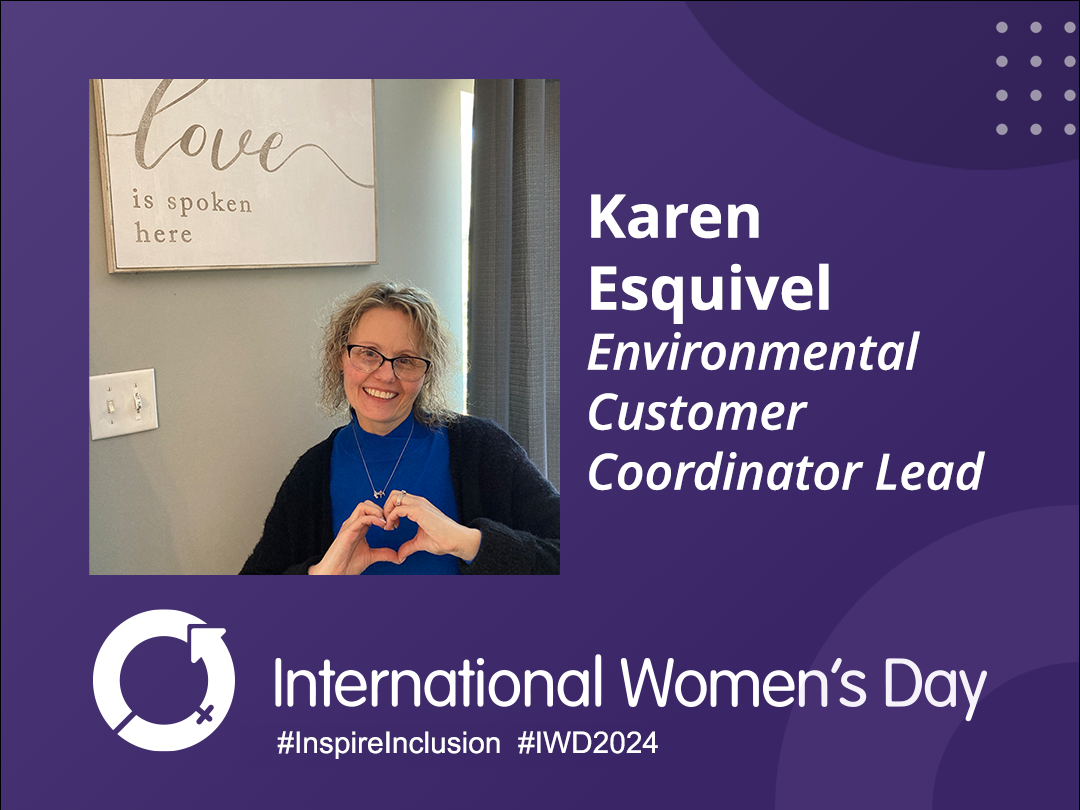
Hazardous waste listings are used to describe wastes that the EPA has deemed dangerous enough to necessitate regulation. Hazardous waste listings describe wastes from various industrial processes, wastes from specific sectors of industry, or wastes in the form of specific chemical formulations.
In order to determine if a hazardous waste listing needs to be created the EPA must thoroughly study a waste stream and the threat it potentially poses to human health and the environment. If the threat is significant enough the EPA will include a specific description of the waste on one of the hazardous waste lists in the regulations. After the initial inclusion, any waste that fits the original listing description is considered hazardous regardless of its chemical composition or any other potential variable.
There are both advantages and disadvantages to using listings when defining hazardous wastes. For example, listing makes the hazardous waste identification process easy for industrial waste handlers since only knowledge of the wastes origin is needed to determine whether or not it is listed. This means there is no need for laboratory analysis. All one must do to determine if a waste is hazardous is to compare it to the narrative listing descriptions.
All that said, there are still some disadvantages. For instance, when initially determining whether or not a waste should be listed extensive study and resources are demanded of the EPA. Since resources are limited the listings can’t adequately address every dangerous waste. Additionally, hazardous waste listings are very firm. Each listing designates a waste as hazardous if it falls within a particular category or class meaning that the actual composition of the material need not be considered as long as the criteria for listing are met. Because of these weaknesses, hazardous waste characteristics are utilized to help address the shortcomings.
The EPA has studied and listed hundreds of different waste streams. These are all broken down into one of 4 different list types.
- The F list – According to the EPA, “the F list designates particular solid wastes, from certain common industrial or manufacturing processes, as hazardous. Because the processes producing these wastes can occur in different sectors of industry, the F list wastes are known as wastes from nonspecific sources.”
- The K list – EPA defines K listed wastes as solid wastes from certain specific industries. K listed wastes are known as waste streams from specific sources.
- The P and U lists – The last two categories are generally lumped together due to their similarities. Both of these list pure or commercial grade formulations of certain specific unused chemicals as hazardous.
These individual lists may contain designations of anywhere from 30 to a few hundred different types of hazardous waste. Each different waste is assigned a waste code which consists of the list letter and a three digit number. So numbers may appear as, F001, K004, P007, etc. These codes play an important role in the managing of hazardous waste and as such it is vital to assign the correct code to your waste stream.
All information for this blog post was gathered from the EPA document, “Introduction to Hazardous Waste Identification.” As always, this blog post is not intended to be comprehensive and it is always best to check with the EPA and local government for full, up-to-date, rules and regulations.
More News From Heritage
-
3/12/24
Equal Pay Day – Spotlighting Our Female Drivers
-
3/8/24
International Women’s Week Spotlight – Shannon Dippel
For International Women's Week, we're spotlighting some of the incredible women in the Heritage family. Our final spotlight is Shannon Dippel.
-
3/8/24
International Women’s Week Spotlight – Susan Adams
For International Women's Week, we're spotlighting some of the incredible women in the Heritage family. Our sixth spotlight is Susan Adams.
-
3/7/24
International Women’s Week Spotlight – Lea Wilson
For International Women's Week, we're spotlighting some of the incredible women in the Heritage family. Our fifth spotlight is Lea Wilson
-
3/7/24
International Women’s Week Spotlight – Melissa Fisk
For International Women's Week, we're spotlighting some of the incredible women in the Heritage family. Our fourth spotlight is Melissa Fisk.
-
3/6/24
International Women’s Week Spotlight – Taylor Harvey
For International Women's Week, we're spotlighting some of the incredible women in the Heritage family. Our third spotlight is Taylor Harvey
-
3/5/24
International Women’s Week Spotlight – Karen Esquivel
For International Women's Week, we're spotlighting some of the incredible women in the Heritage family. Our second spotlight is Karen Esquivel.
-
3/5/24
Heritage Environmental Services Announces HP Nanda as CEO; CEO Jeff Laborsky Transitions to Board of Directors
Heritage Environmental Services (“HES”) announced today that HP Nanda will join the organization as CEO.








